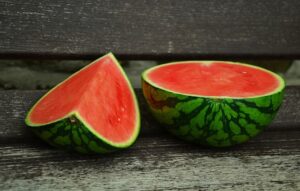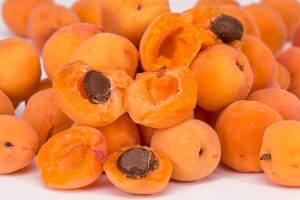Introduction
Capturing a time-lapse of a liquid droplet protein can provide valuable insights into its behavior and dynamics. This technique allows researchers to observe the movement and interactions of proteins over time, which can lead to a better understanding of their function and potential applications. In this article, we will explore the process of creating a time-lapse of a liquid droplet protein, including the materials and equipment needed, the steps involved, and the potential benefits of this technique.
Materials and Equipment
Microscope: A high-quality microscope is essential for capturing detailed images of the liquid droplet protein. The microscope should have a suitable magnification level and be equipped with a camera or a camera attachment.
Sample Preparation: The liquid droplet protein sample needs to be prepared in a controlled environment. This may involve creating a specific concentration of the protein solution and ensuring the sample is free from contaminants.
Mounting Medium: A suitable mounting medium is required to immobilize the liquid droplet protein sample on the microscope slide. The mounting medium should be transparent and compatible with the protein sample.
Camera: A camera capable of capturing high-resolution images or videos is necessary for recording the time-lapse. This can be a dedicated scientific camera or a digital camera with a suitable adapter for the microscope.
Procedure
1. Prepare the liquid droplet protein sample according to the desired concentration and purity requirements. Ensure that the sample is free from any impurities or contaminants that may affect the results.
2. Place a small amount of the prepared sample onto a clean microscope slide.
3. Add a drop of the suitable mounting medium to the sample on the slide. The mounting medium will help immobilize the liquid droplet protein and prevent it from moving during the time-lapse.
4. Carefully cover the sample with a coverslip, ensuring there are no air bubbles trapped underneath.
5. Place the prepared slide onto the microscope stage and adjust the focus to obtain a clear image of the liquid droplet protein.
6. Set up the camera to capture the time-lapse. Adjust the exposure settings, frame rate, and resolution according to the desired outcome.
7. Start recording the time-lapse, ensuring that the microscope is stable and there are no vibrations or disturbances that could affect the quality of the images.
8. Allow the time-lapse to run for the desired duration, capturing the movement and behavior of the liquid droplet protein.
9. Once the time-lapse is complete, stop the recording and save the images or videos for further analysis.
Benefits of Time-Lapse of Liquid Droplet Protein
Capturing a time-lapse of a liquid droplet protein offers several benefits for researchers:
Visualize Dynamic Processes: Time-lapse imaging allows researchers to observe the dynamic processes occurring within the liquid droplet protein, such as phase transitions, coalescence, and fusion. This provides valuable insights into the behavior and properties of the protein.
Quantitative Analysis: By analyzing the time-lapse data, researchers can quantify various parameters, such as droplet size, shape, and movement speed. This quantitative analysis helps in understanding the underlying mechanisms and kinetics of the protein behavior.
Validation of Models: Time-lapse imaging can be used to validate theoretical models and predictions about the behavior of liquid droplet proteins. By comparing the experimental results with the model’s predictions, researchers can refine and improve their understanding of the system.
Conclusion
Capturing a time-lapse of a liquid droplet protein provides a powerful tool for studying its behavior and dynamics. By following the steps outlined in this article and using the necessary equipment and materials, researchers can observe and analyze the movement and interactions of proteins over time. This technique offers valuable insights into the properties and functions of liquid droplet proteins, contributing to advancements in various fields, including biology, biochemistry, and materials science.
References
– Nature Communications: www.nature.com/ncomms/
– Journal of Biological Chemistry: www.jbc.org/












